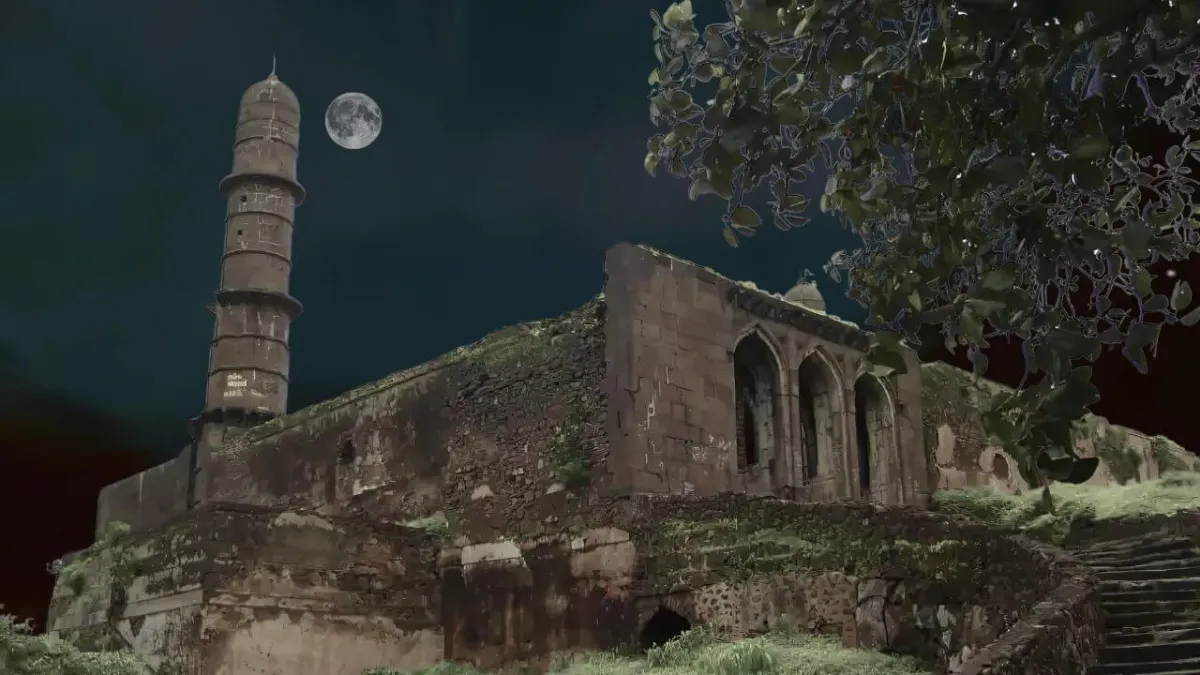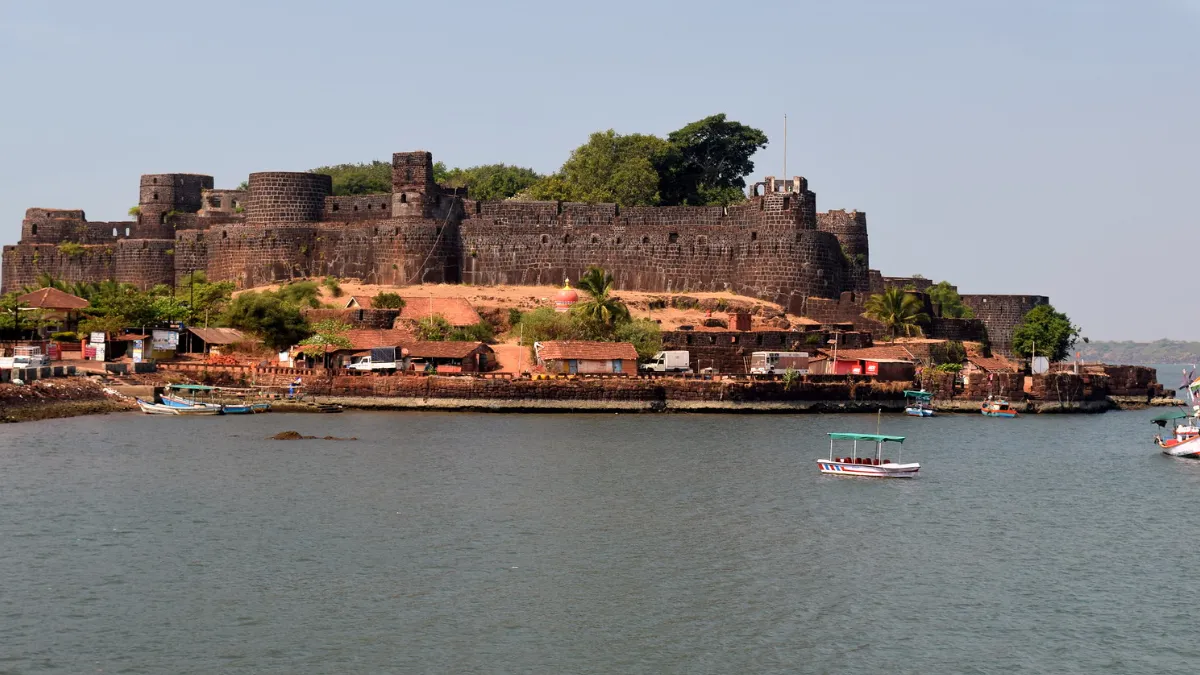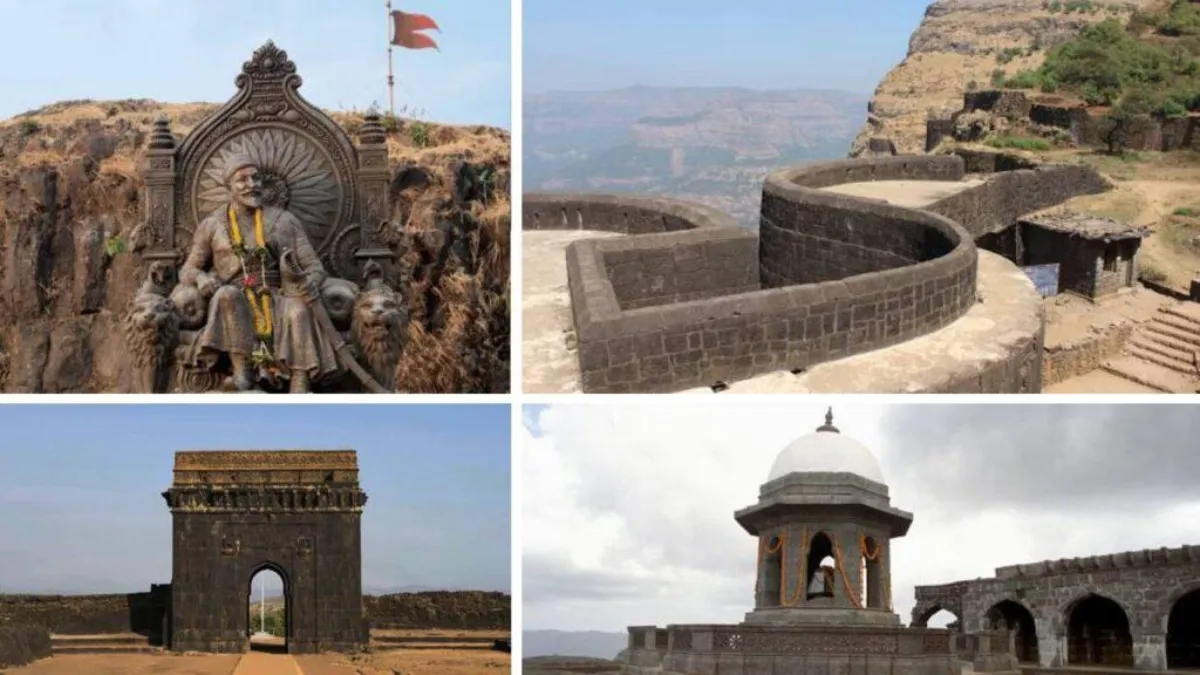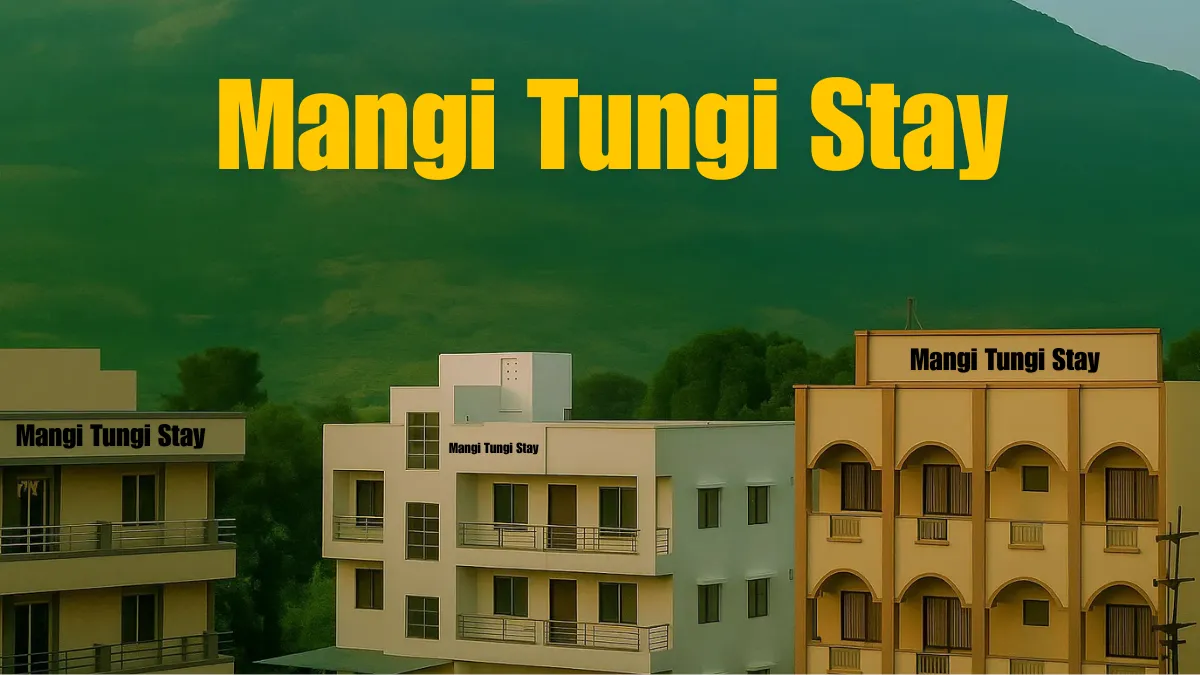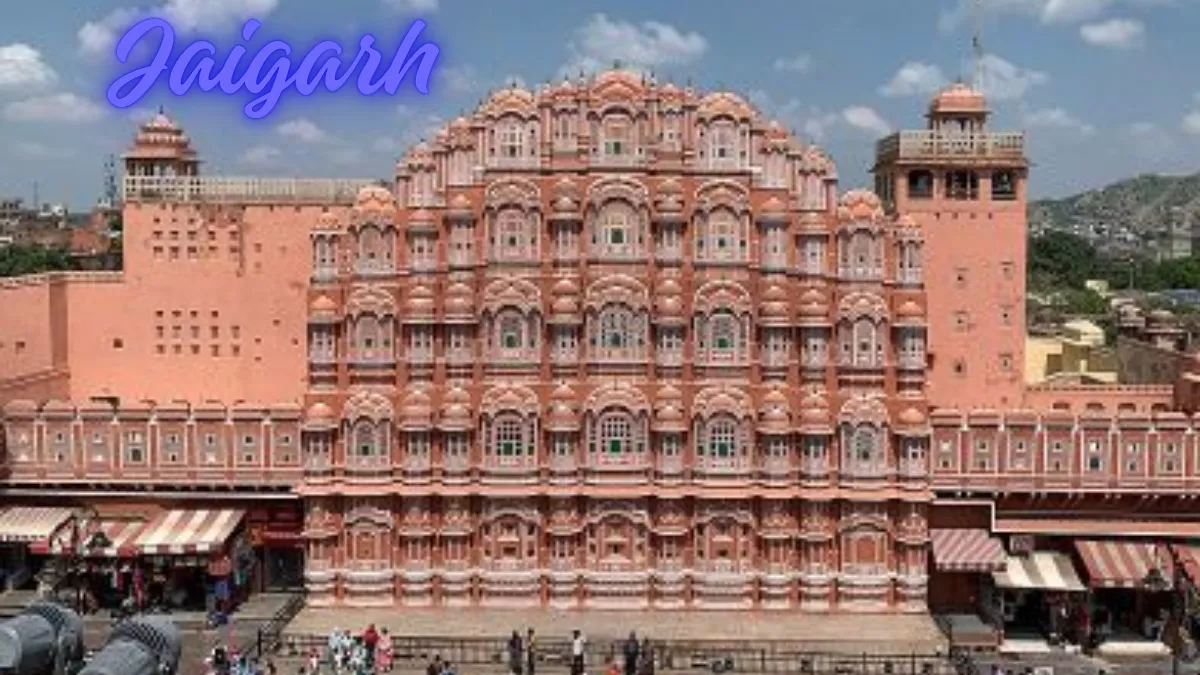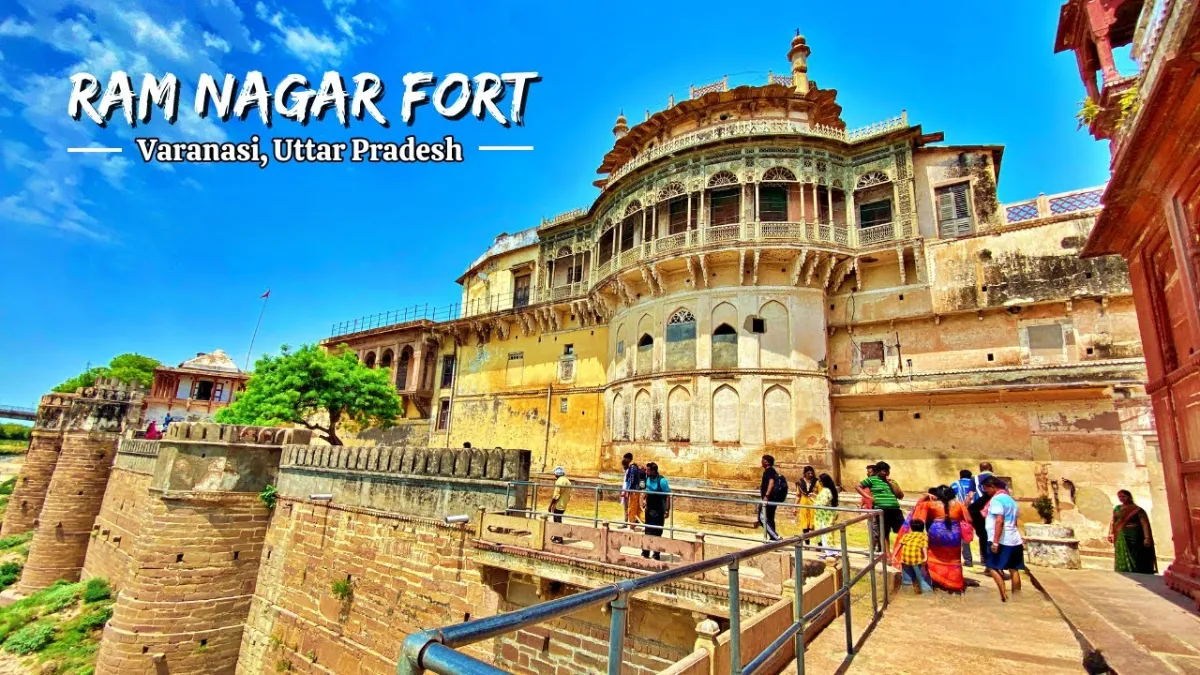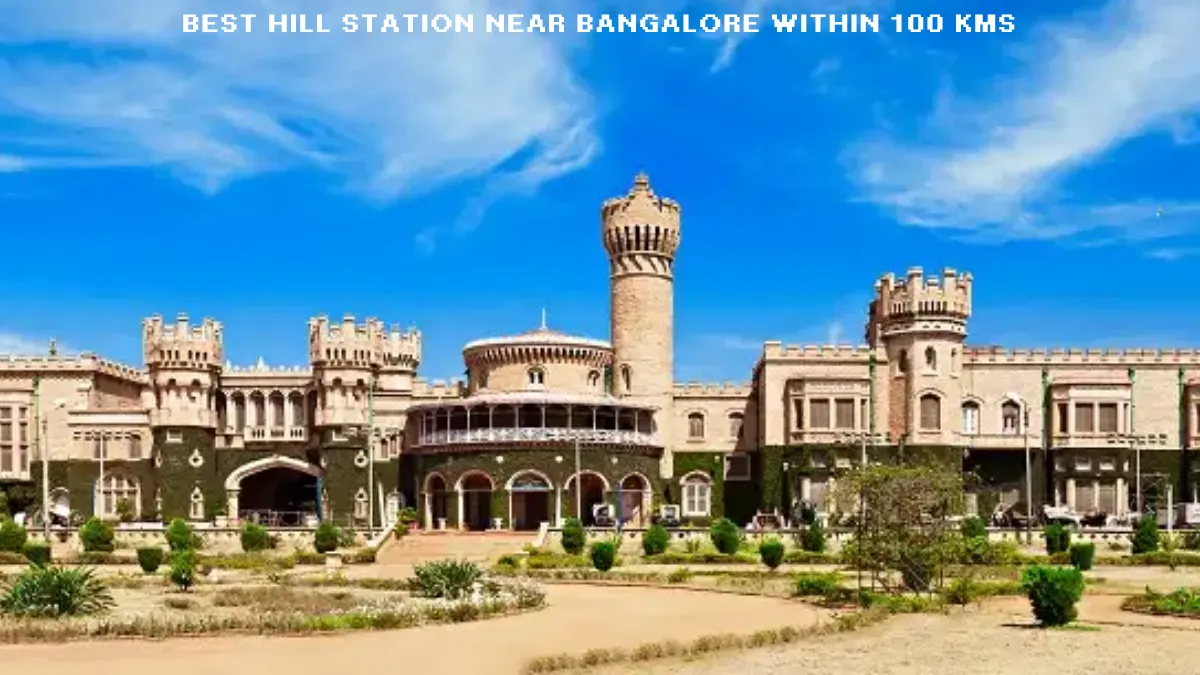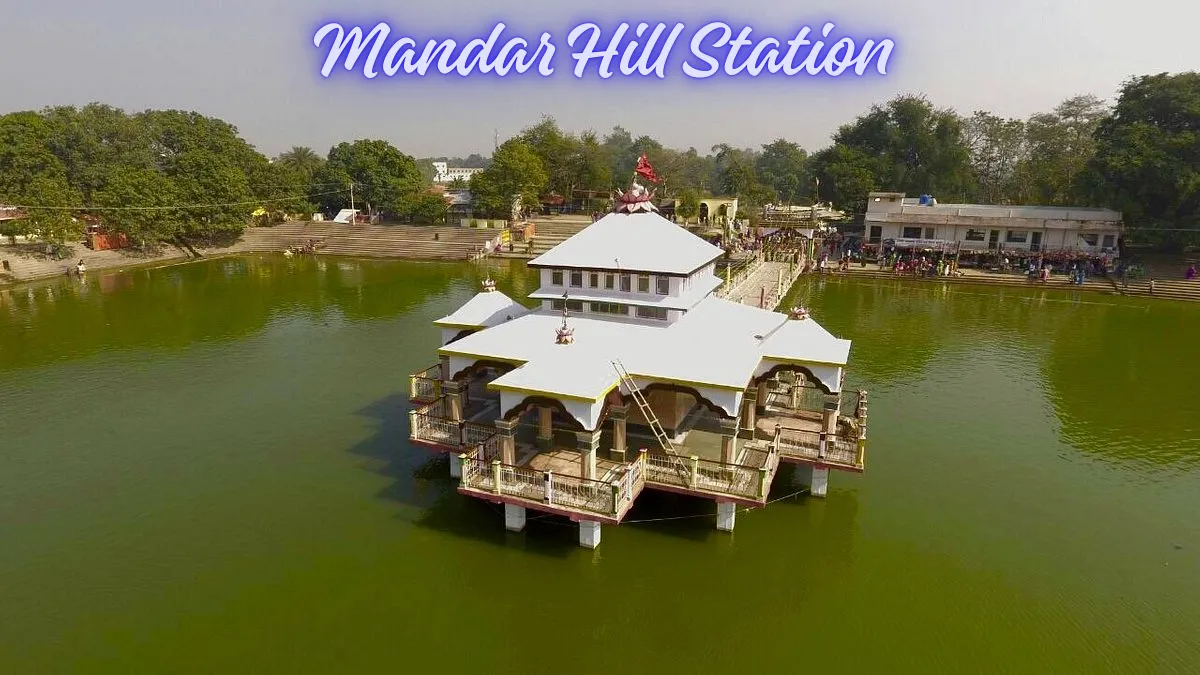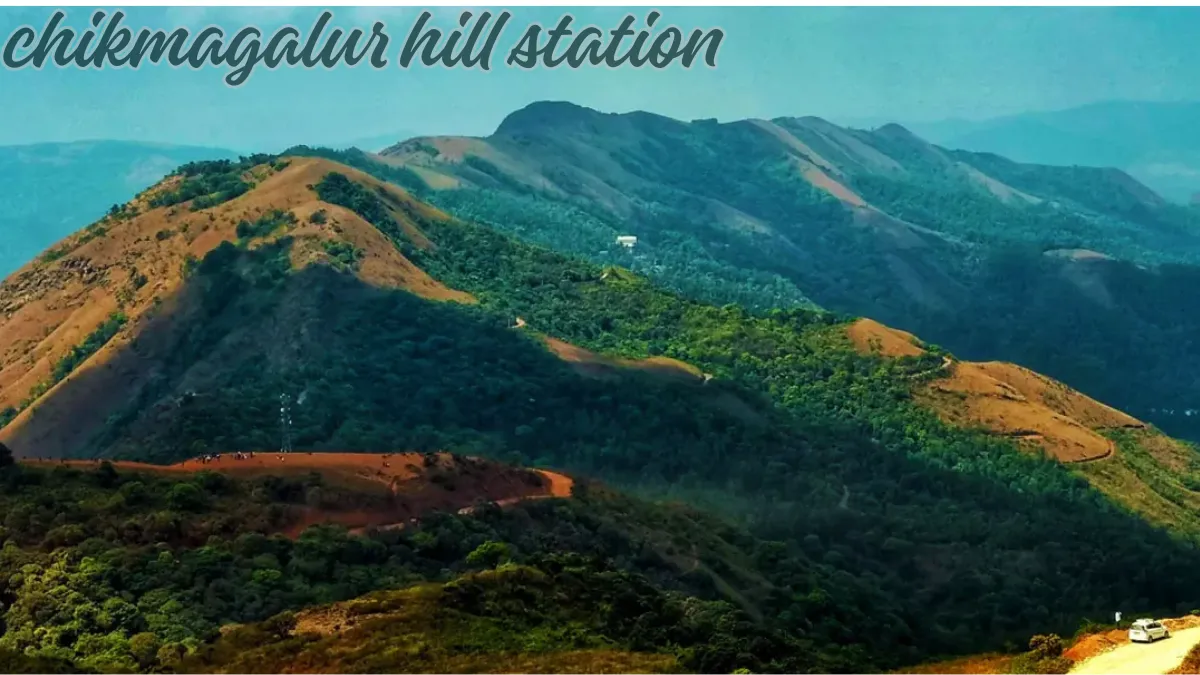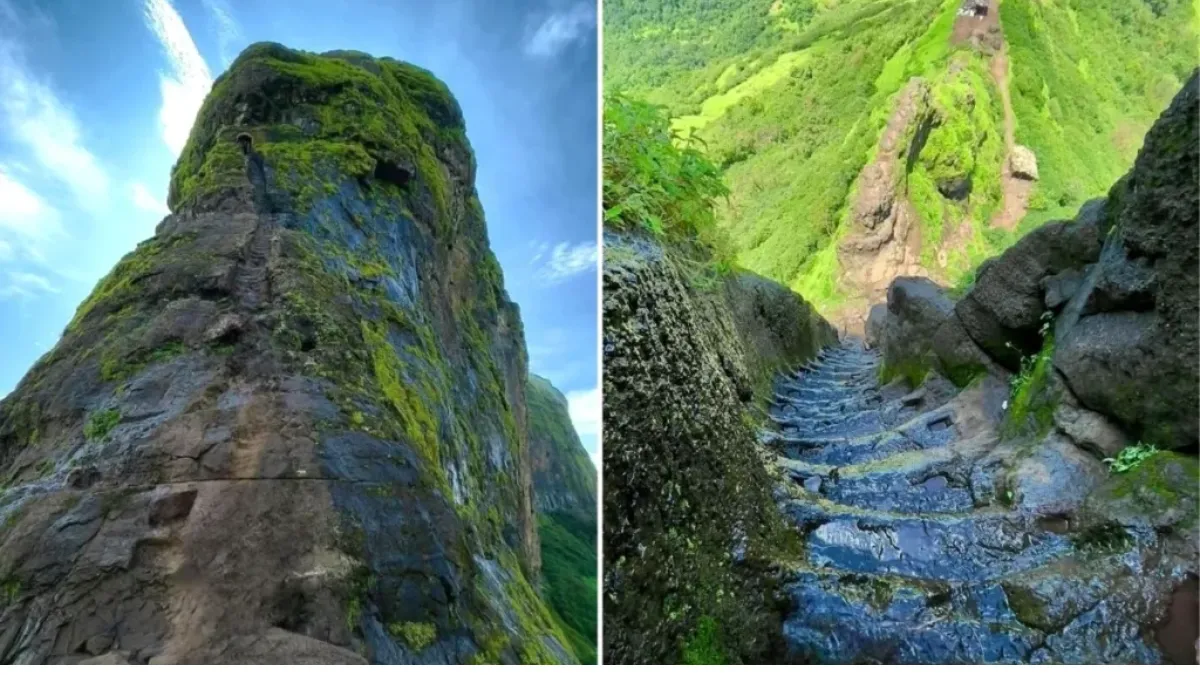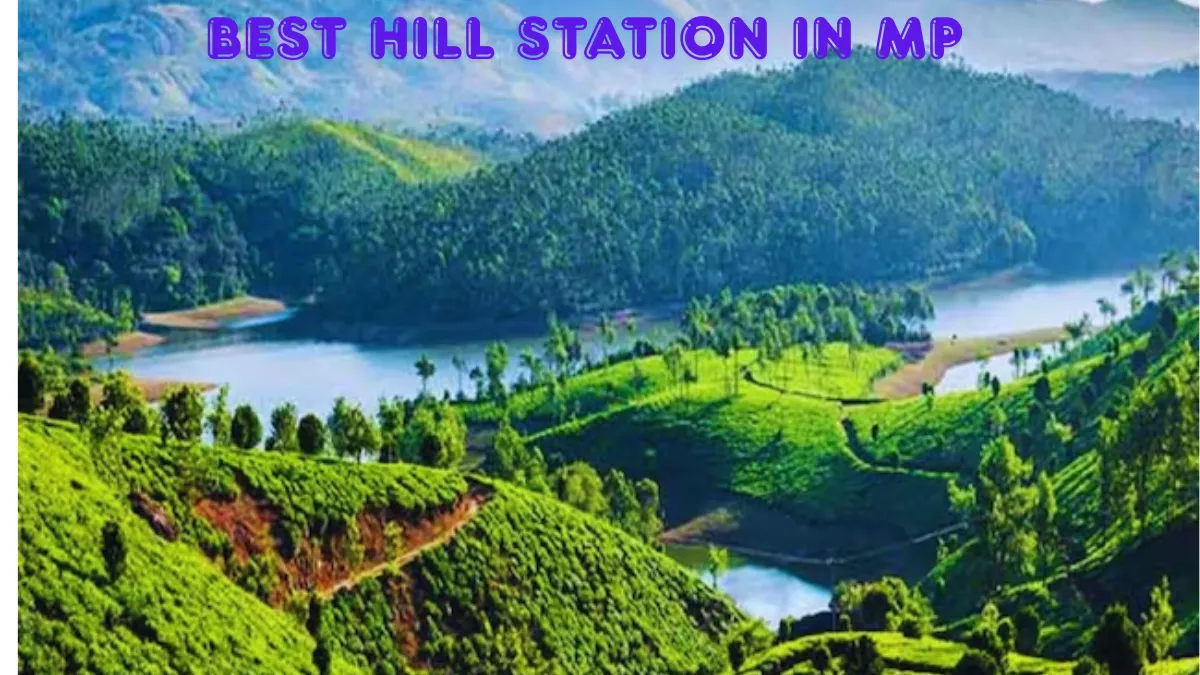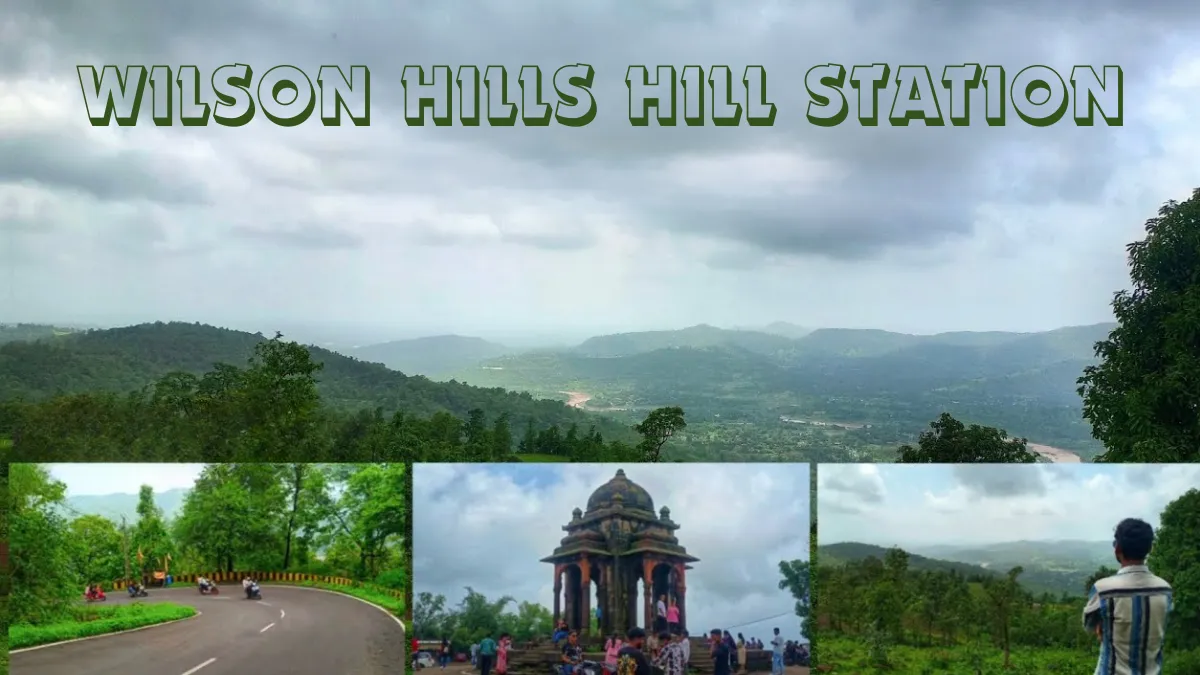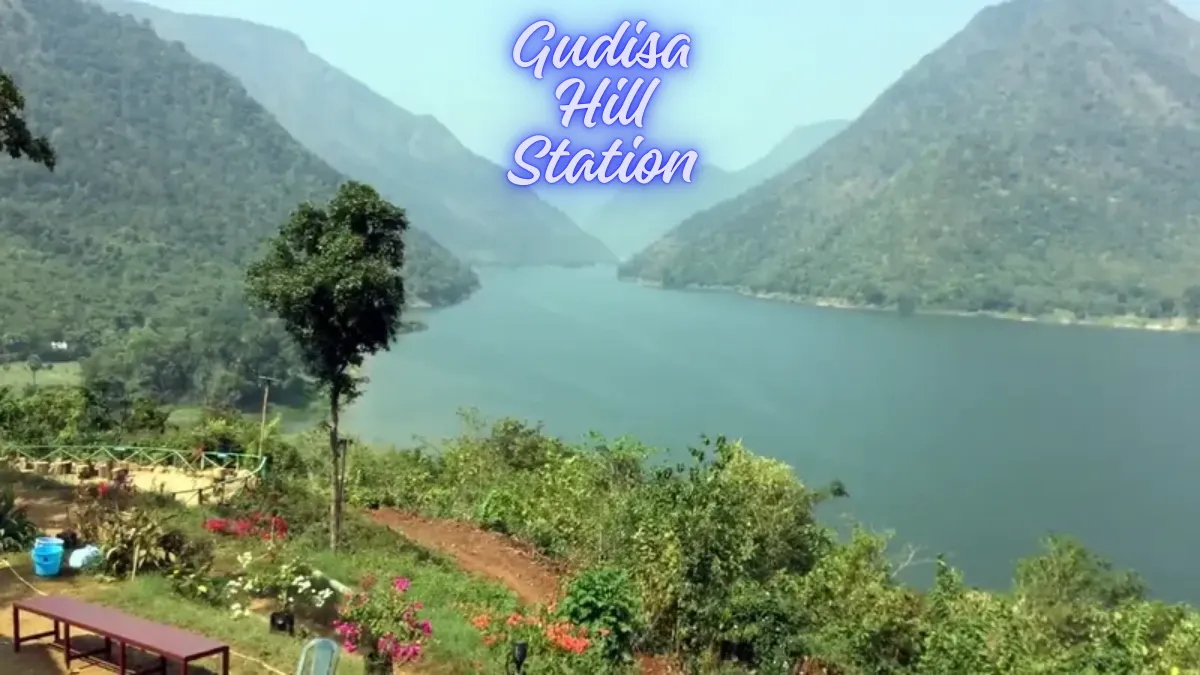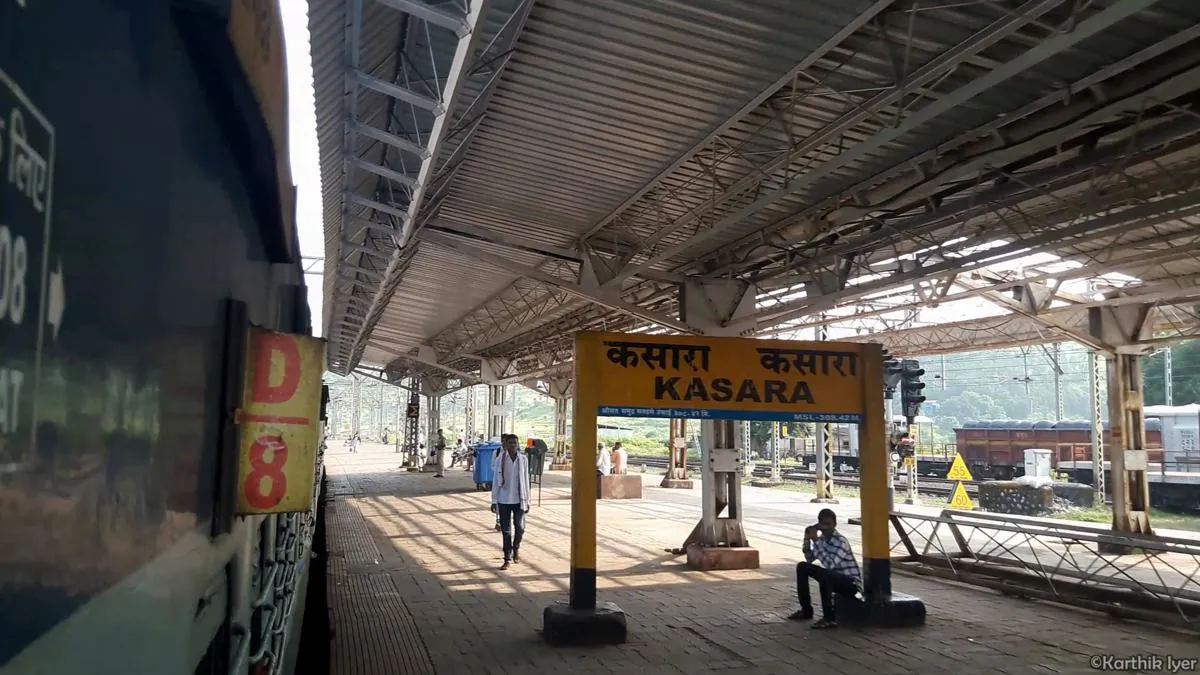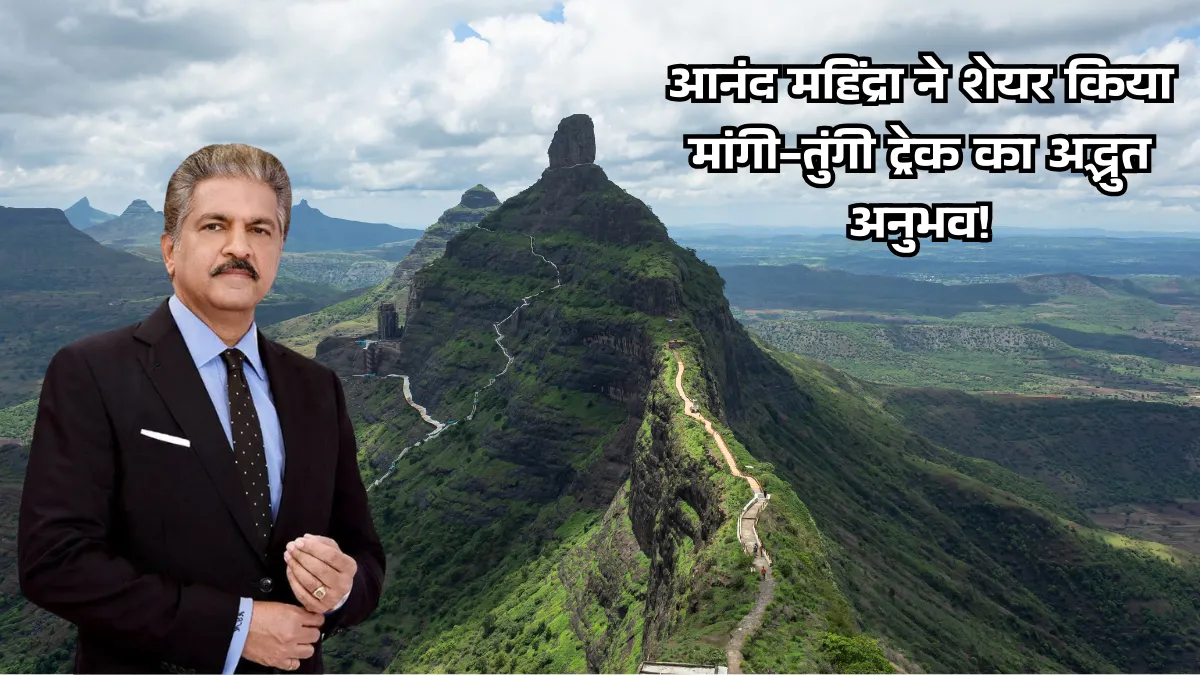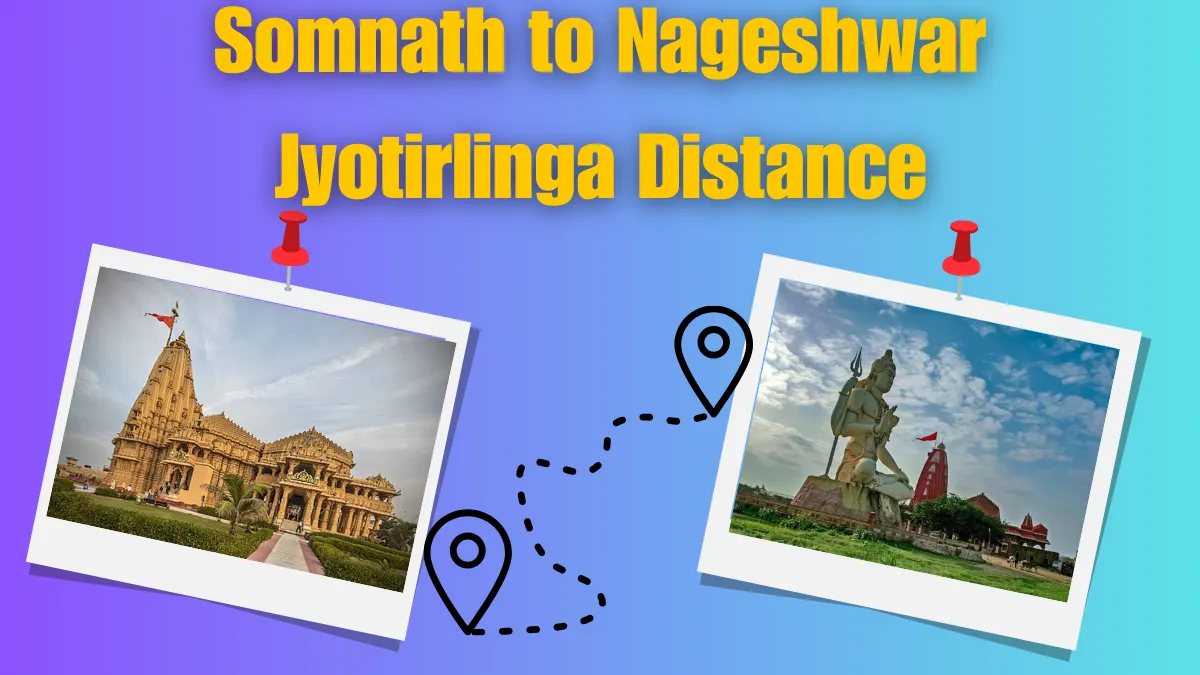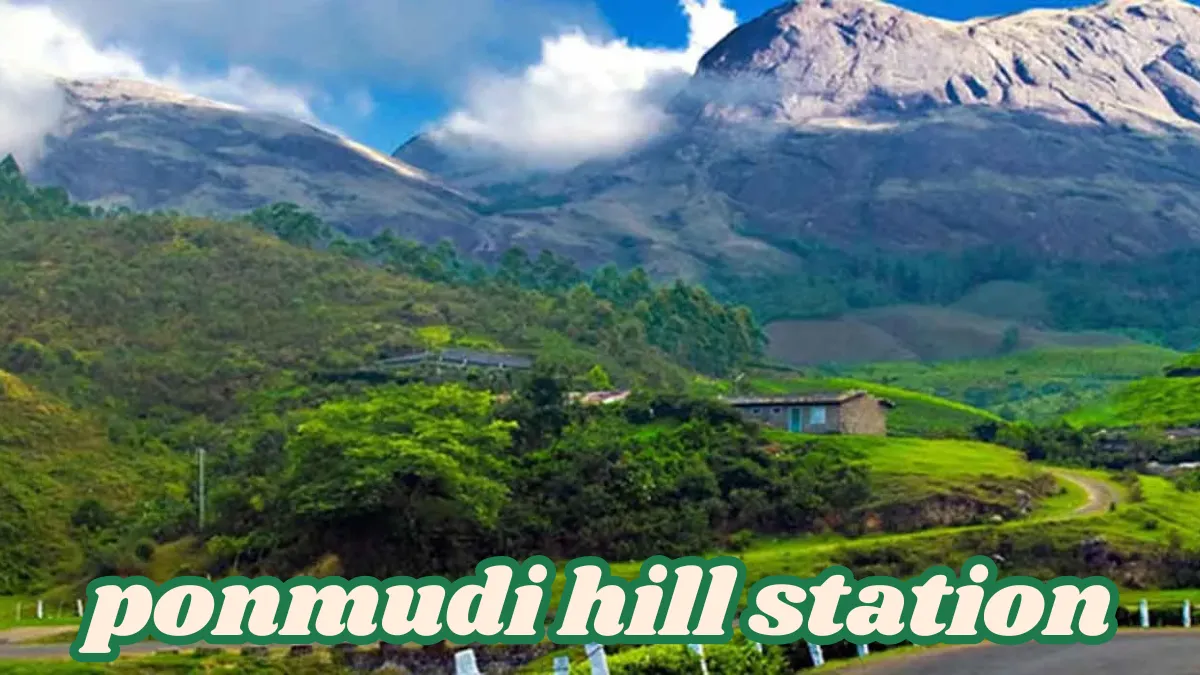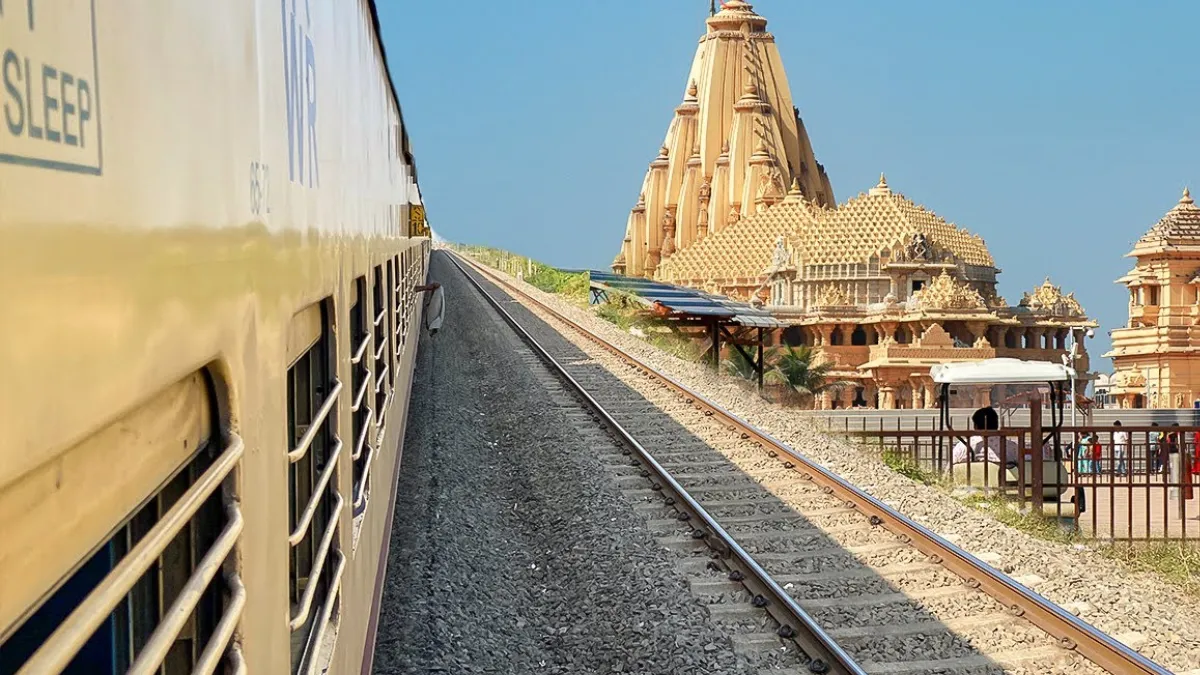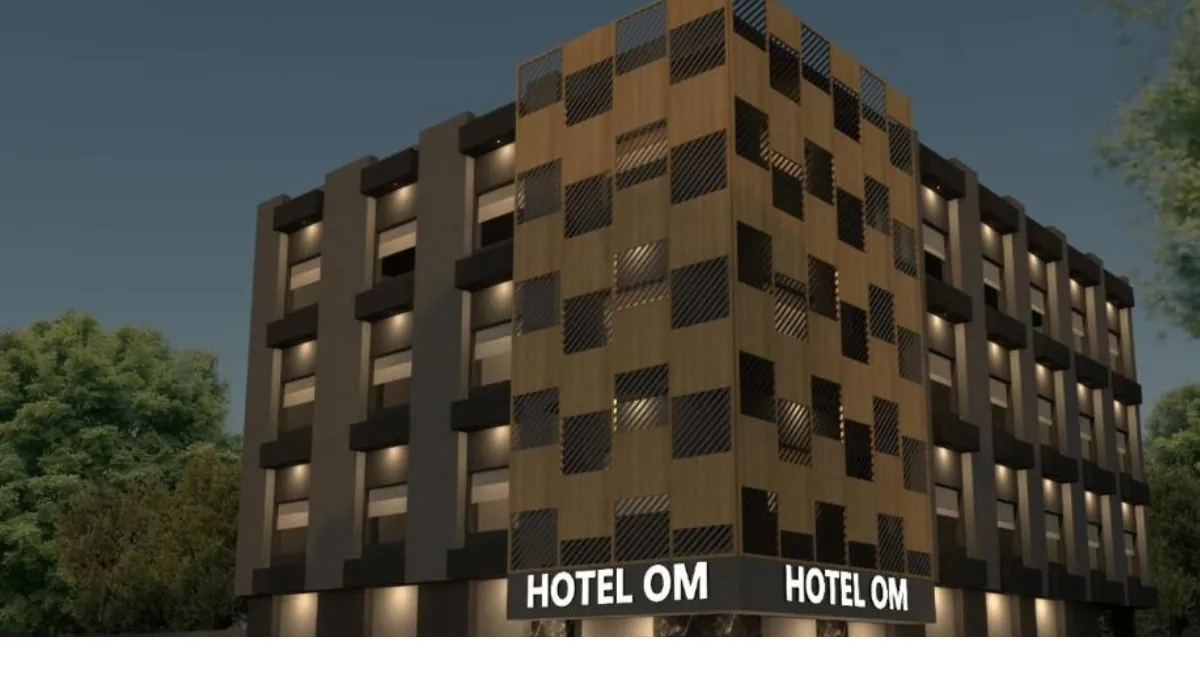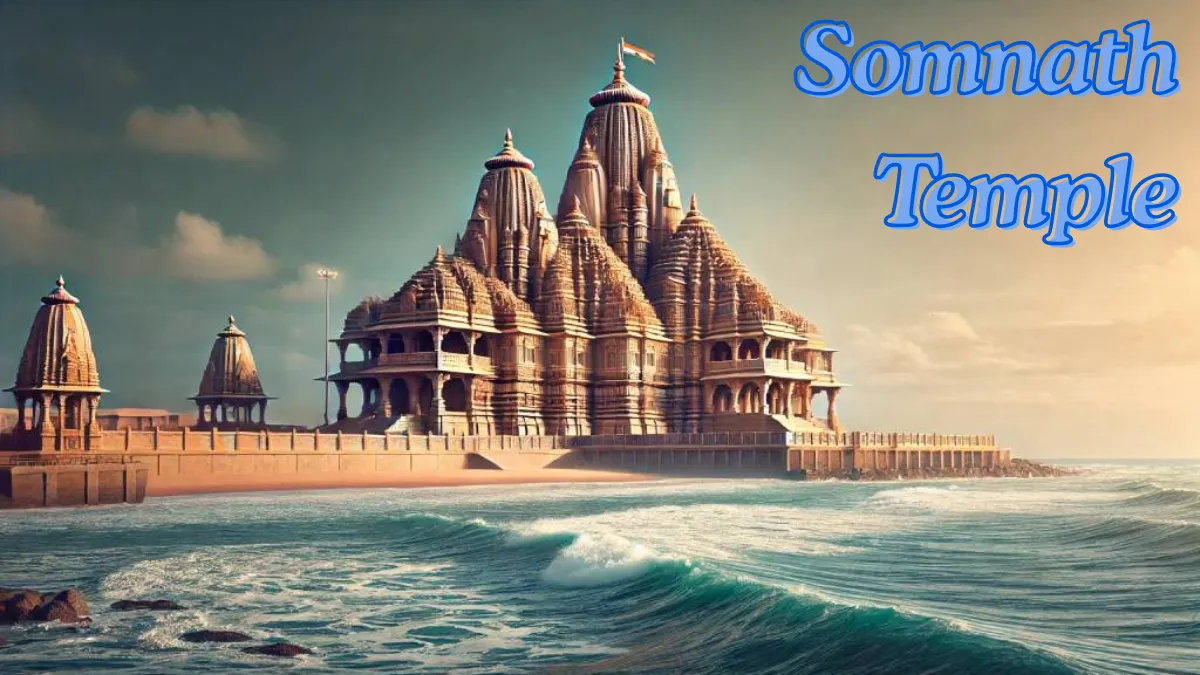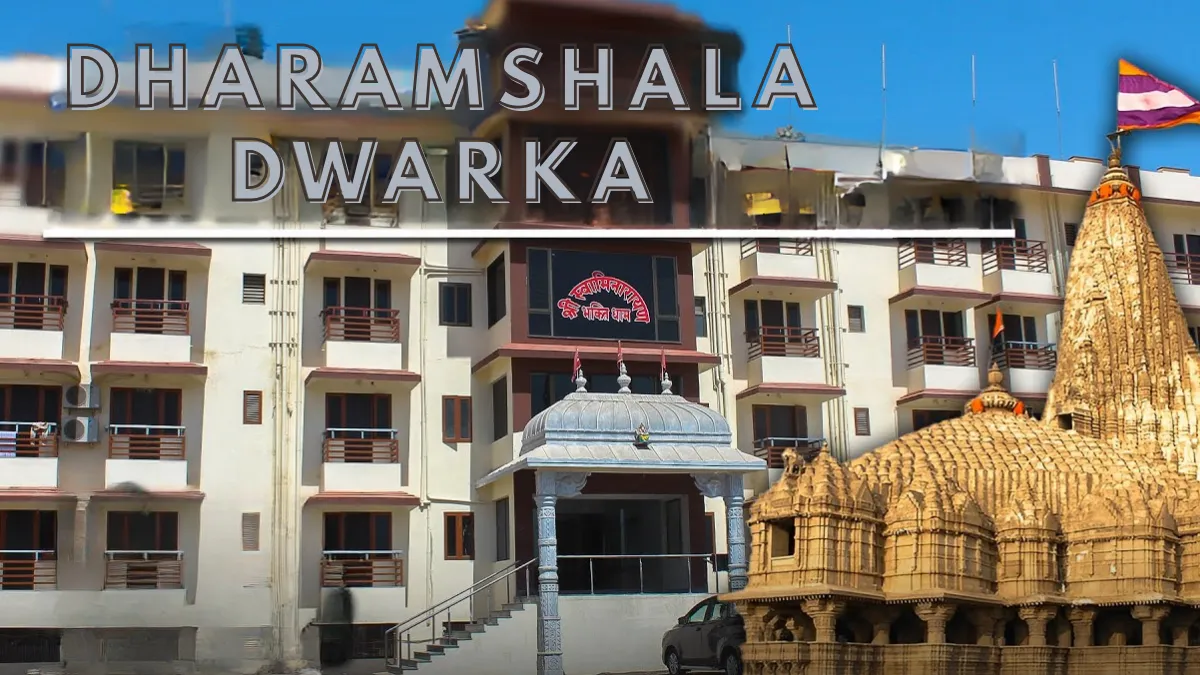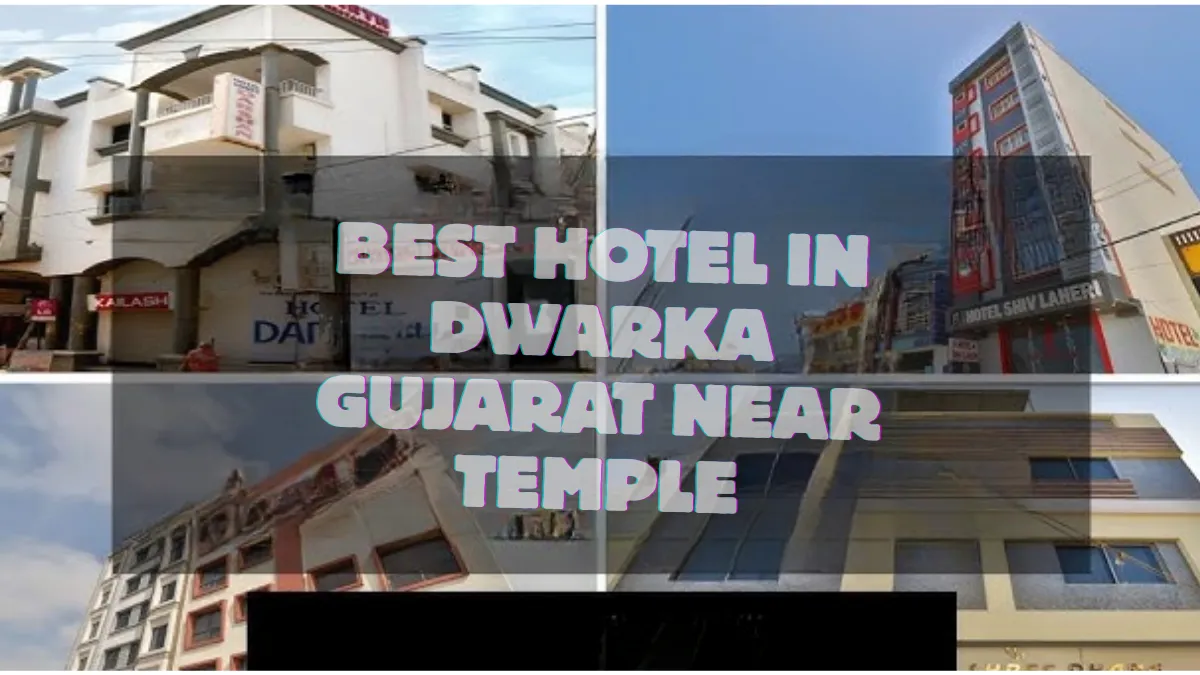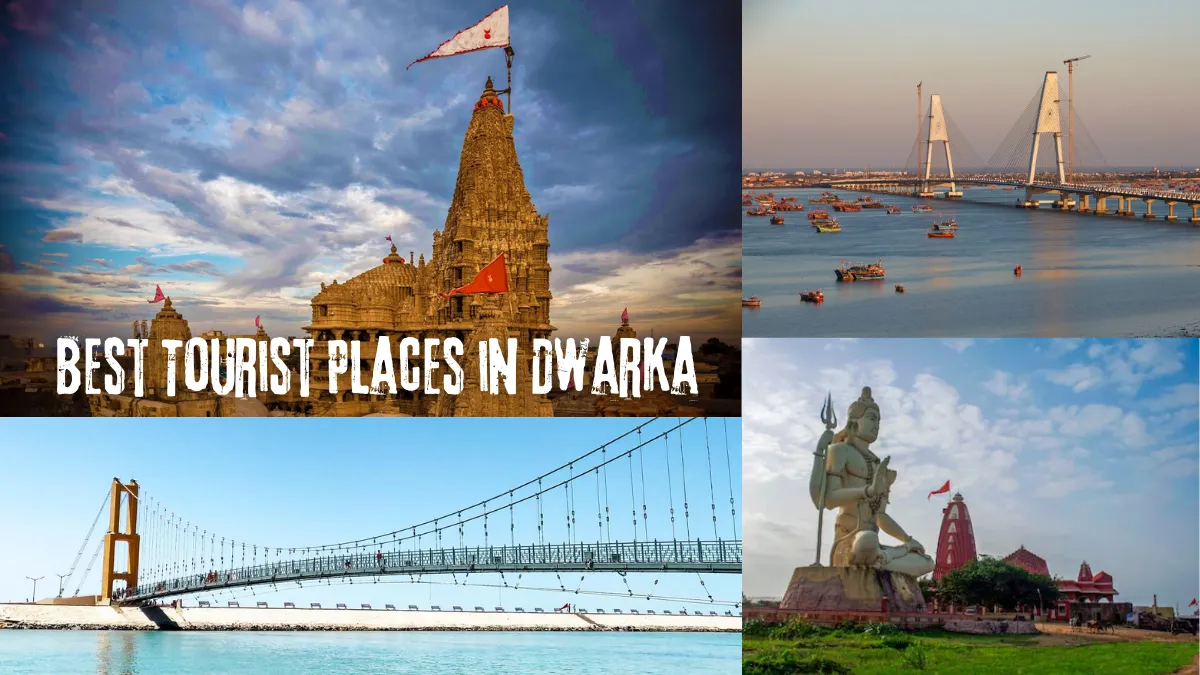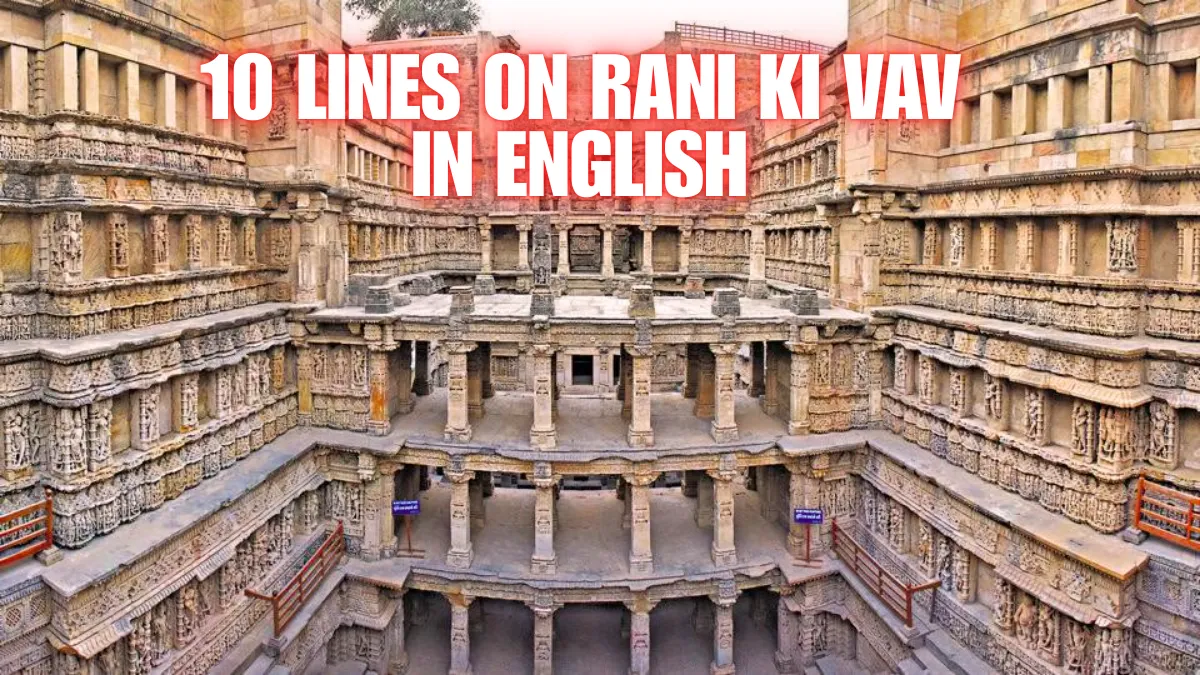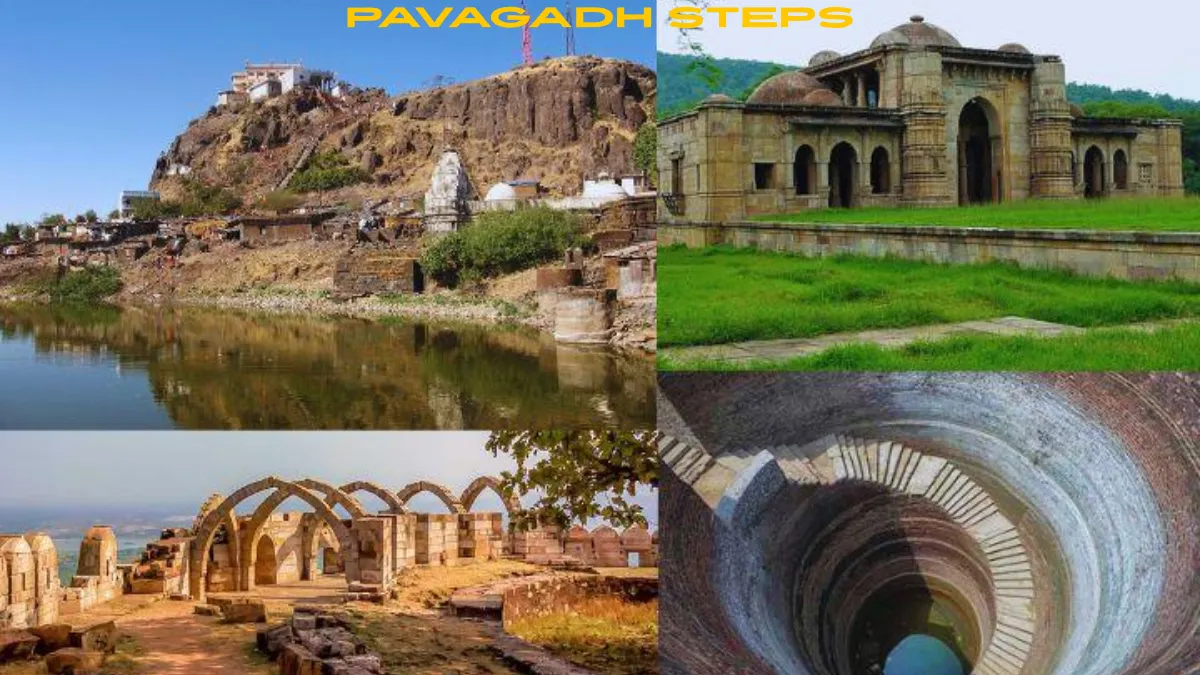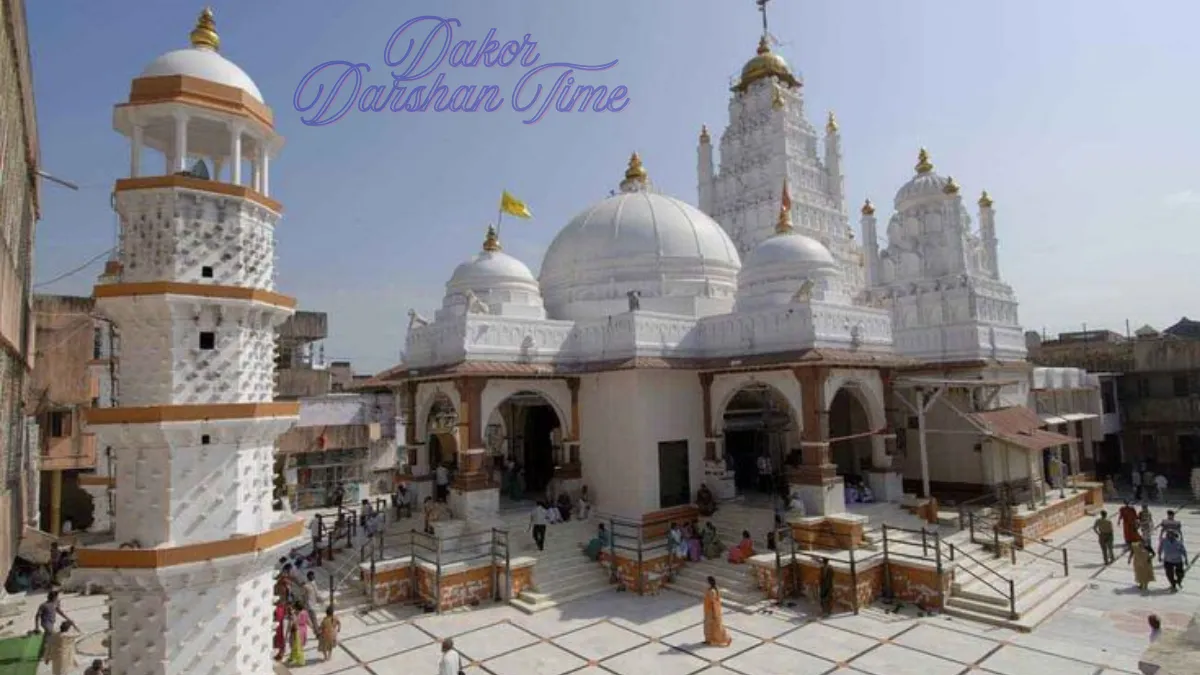Mirjan Fort stands as a captivating reminder of India’s glorious past, nestled quietly in the Uttara Kannada district of Karnataka. For history lovers, architecture enthusiasts, and serene explorers, this lesser-known fort is a treasure trove waiting to be discovered. With its moss-covered laterite walls, scenic surroundings, and centuries-old legacy, Mirjan Fort offers an unforgettable experience without the commercial rush of more popular tourist spots.
A Glimpse into the History of Mirjan Fort
Believed to have been built in the 16th century by Queen Chennabhairadevi of the Tuluva-Saluva dynasty, Mirjan Fort has witnessed many rulers and empires. Known as the “Pepper Queen” for her stronghold over the spice trade, the queen used this fort as a strategic center for trade and defense. Later, the fort was taken over by the Portuguese, and eventually came under the control of the Marathas and then the British.
Unlike many other forts in India that were built solely for military purposes, Mirjan Fort also played a significant role in trade, particularly in spices like pepper and cardamom. This blend of commercial and defensive significance is one of the unique aspects of the fort’s history.
Also read : Sinhagad Fort Sinhagad Ghat Road Thoptewadi Maharashtra: A Complete Guide for Travelers and History Lovers
Key Details About Mirjan Fort
Here’s a concise overview of the essential information you need if you’re planning a visit to Mirjan Fort:
| Feature | Details |
|---|---|
| Location | Near Kumta, Uttara Kannada, Karnataka |
| Distance from Gokarna | Approx. 22 km |
| Built By | Queen Chennabhairadevi (16th century) |
| Materials Used | Laterite stone |
| Entry Fee | Free |
| Timings | 9:00 AM to 5:00 PM |
| Best Time to Visit | October to March |
| Nearest Railway Station | Kumta Railway Station |
| Ideal Duration | 1 to 2 hours |
Why Mirjan Fort Deserves a Spot on Your Itinerary
1. Unspoiled Historical Charm
Unlike other crowded monuments, Mirjan Fort offers a peaceful and immersive experience. Surrounded by groves and open fields, the site has a mystical feel, especially during the monsoon when greenery covers every wall and corner. It’s the perfect place for slow travel, photography, and reflection.
2. Architectural Delight
The fort showcases a mix of Indo-Islamic architecture with high bastions, secret passageways, moats, and interconnected wells. Its clever design reveals the defensive strategies of the past, such as watchtowers and hidden entry routes. Each structure tells a silent story of battles fought and cultures merged.
3. A Nature and History Combo
Mirjan Fort is surrounded by lush forests and close to the Arabian Sea, offering not just historical value but also a refreshing natural vibe. The cool breeze, chirping birds, and lack of commercialization make it a rare destination that pleases both the soul and the senses.
Also read : Kanchana Fort: Complete Travel Guide to a Hidden Gem in the Sahyadris
How to Reach Mirjan Fort
- By Road: Easily accessible via NH-66. You can take a cab or drive from Gokarna or Kumta.
- By Train: Kumta Railway Station is the nearest and well-connected.
- By Air: The nearest airport is Dabolim in Goa, around 160 km away.
Tips for First-Time Visitors
- Wear comfortable footwear as the fort involves a bit of walking and exploring.
- Visit in the early morning or late afternoon to enjoy the best lighting and fewer crowds.
- Carry water and snacks; there are no eateries nearby.
- Respect the heritage site—avoid littering and graffiti.
Final Thoughts: Why Mirjan Fort is Worth Your Time
Mirjan Fort is not just a monument; it’s a story etched in stone and surrounded by nature. For anyone exploring coastal Karnataka, skipping this fort would mean missing out on a truly authentic and peaceful heritage experience. Whether you’re tracing the footsteps of a powerful queen or just looking for a quiet escape into history, Mirjan Fort offers a rich and rewarding visit that you’ll cherish for a long time.
If you’re planning a heritage trail off the beaten path, put Mirjan Fort at the top of your list. It’s not just a detour — it’s a destination in its own right.

